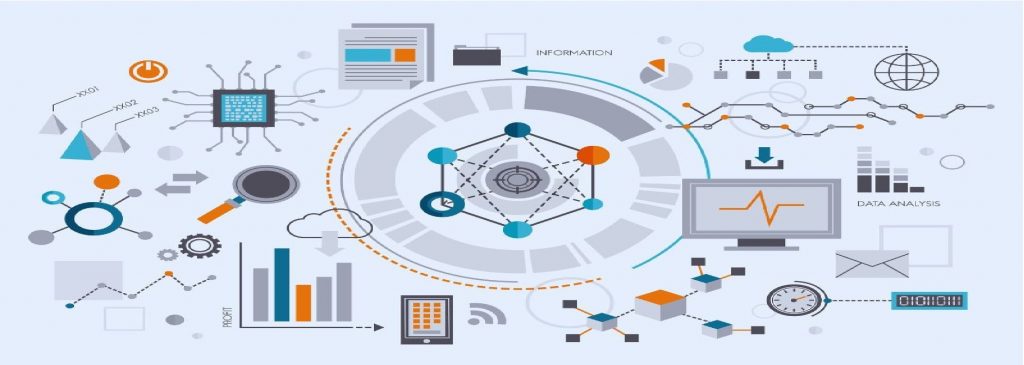
Next frontier in Data Analytics- Key takeaways for IT Services firms
From the emergence of Big Data more than a decade back to the current setup of large language models driving platforms like ChatGPT, and Google Bard. Big data has undergone a significant transformation.
In the initial avatar of Big Data Analytics, the focus was on capturing and analysing large data sets through platforms like Hadoop. Then came the era of real-time analytics and tools like Spark gained traction, culminating in cloud-based data lake solutions like Snowflake.
Corporations like Mu Sigma, Absolutdata, and Impetus were some of the first IT Services companies to latch on to this bandwagon and saw their revenue grow exponentially. But as the saying goes, there is only one constant that is change, Big Data is undergoing some significant transformation.
One of the best examples of this is how the growth has tapered for corporations like Cloudera
How it all began
From Big Data being used in healthcare to map disease outbreaks, to Programmatic Advertising, these were some of the earliest use cases of Big Data.
Imagine real-time bidding for ad spaces on sites like the New York Times, tailored according to user preferences and bids received for keywords. Is it humanly possible to deliver these ad impressions without using programmatic advertising?
Similarly, undertaking image analysis to identify security breaches in real-time without the capabilities that tools like PyTorch bring to the table would be challenging.
The key question to ask is- What is driving these changes?
The recent advancements in Big Data are predominantly driven by the feature stack that the cloud is bringing to the table ranging from cloud-based object storage to Cloud Services Layer.
By shifting from Hadoop’s Apache Hive-based platform to SQL in Apache Spark, the big data infrastructure has undergone a significant change, how this helps organizations is that unlike the steep learning curve of Hadoop-based infrastructure SQL has been prominent for several years and has a much lower learning curve.
Another aspect that is driving change in Big Data is how tools like Power BI and Tableau have been built from the ground up to be more intuitive and easier to use, with seamless integration with platforms like SQL Server, and Google BigQuery
Key Takeaways for IT Services firms
The recent news of decelerating growth in traditional Indian IT Services firms is highlighting the changes that are happening in the industry and as referred to earlier, the changes being brought about in the AI domain are also driven by the advancement in Big Data as the data sets that are used to train LLM’s are stored in modern cloud-native object stores.
But for IT Services firms to take advantage of these changes they will have to bring about a shift in how they design and deliver their offerings. This will also be driven by where exactly they want to position themselves in the big data stack.
For corporations looking at offering Data Visualization through Tableau or Power BI the learning curve can be pretty simple, but as soon as an IT Services firm wants to venture into areas like Data Engineering, Data Manipulation, and Data Transformation where the engineering capabilities that will have to bring to the table will be pretty steep.
Another aspect that an IT Services firm needs to keep in mind is how platforms like Domo are offering easy-to-deploy solutions with fast ROI.
Key Takeaways
AI, ML and in turn Big Data are here to stay how IT Services company leverages the shift happening in these domains will be driven by how they can bring about a change in how they design their offerings, build partnerships and enhance their technical capabilities.

